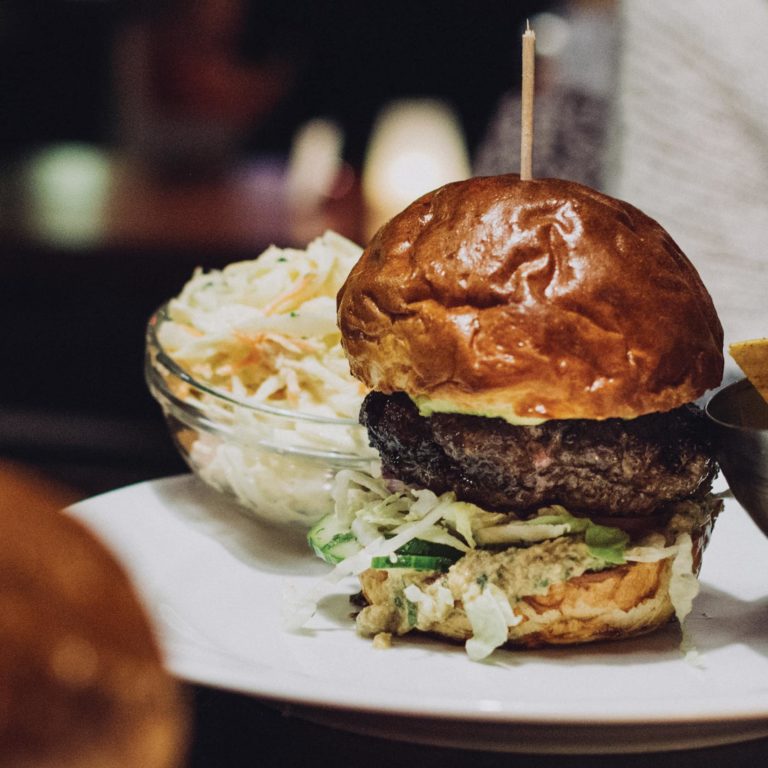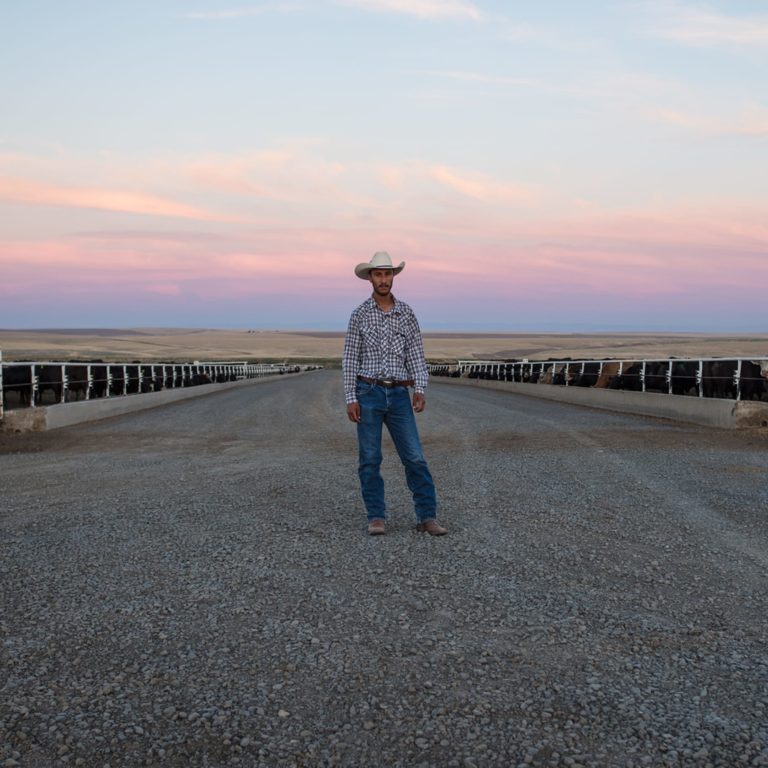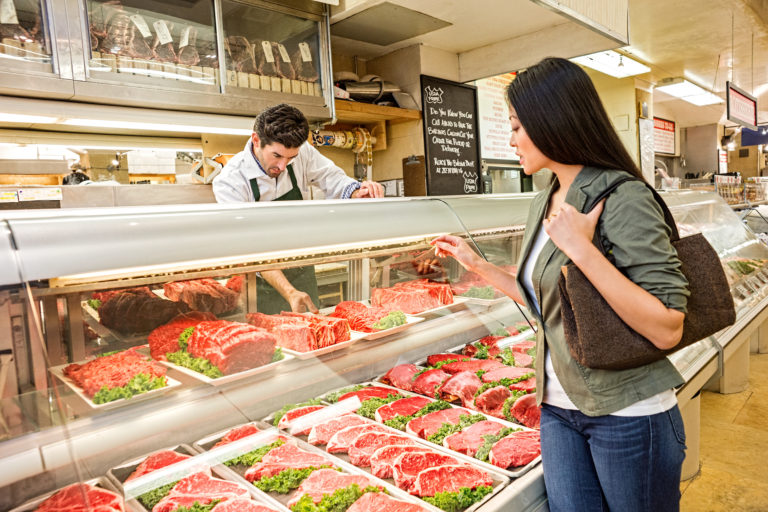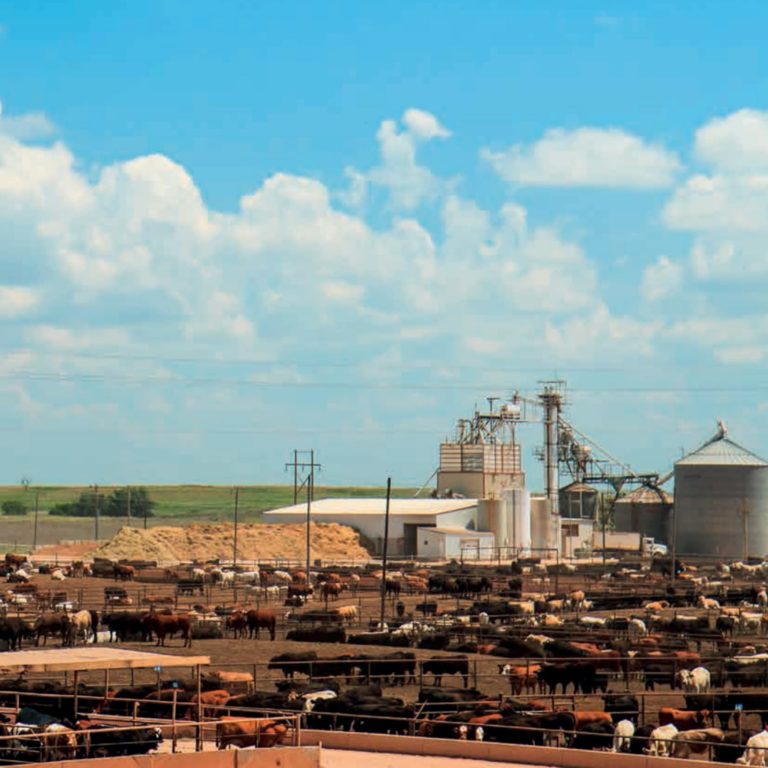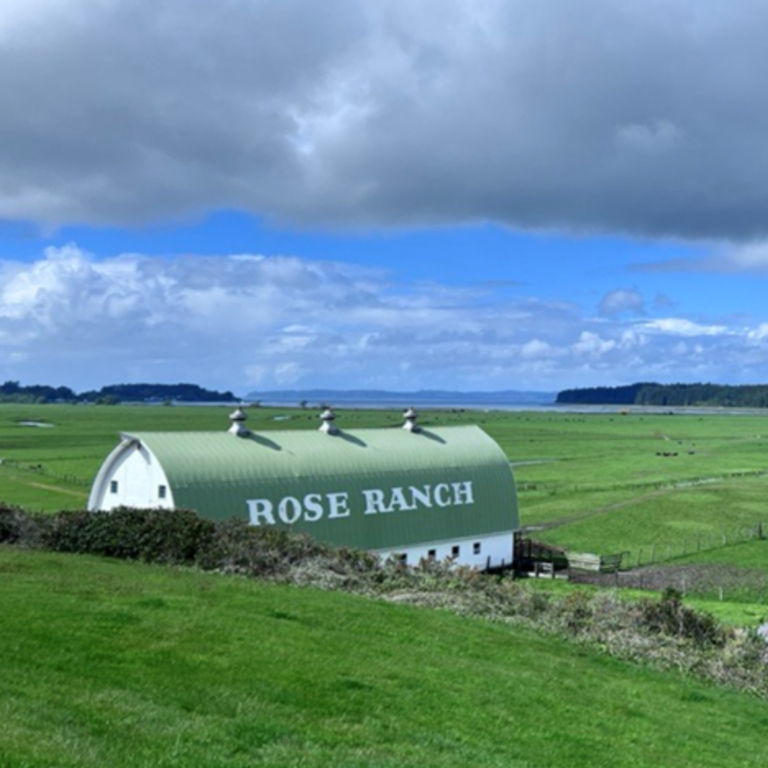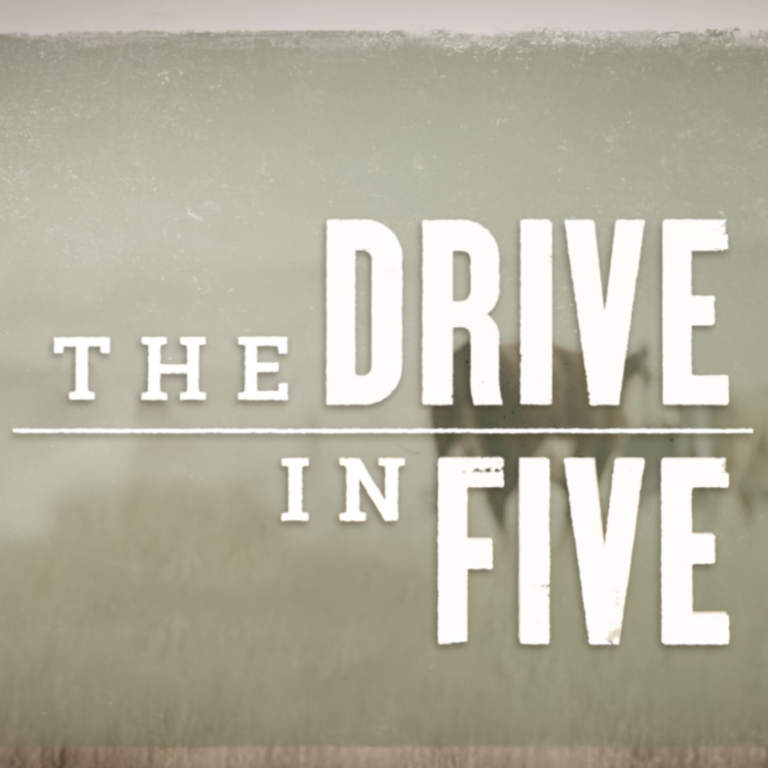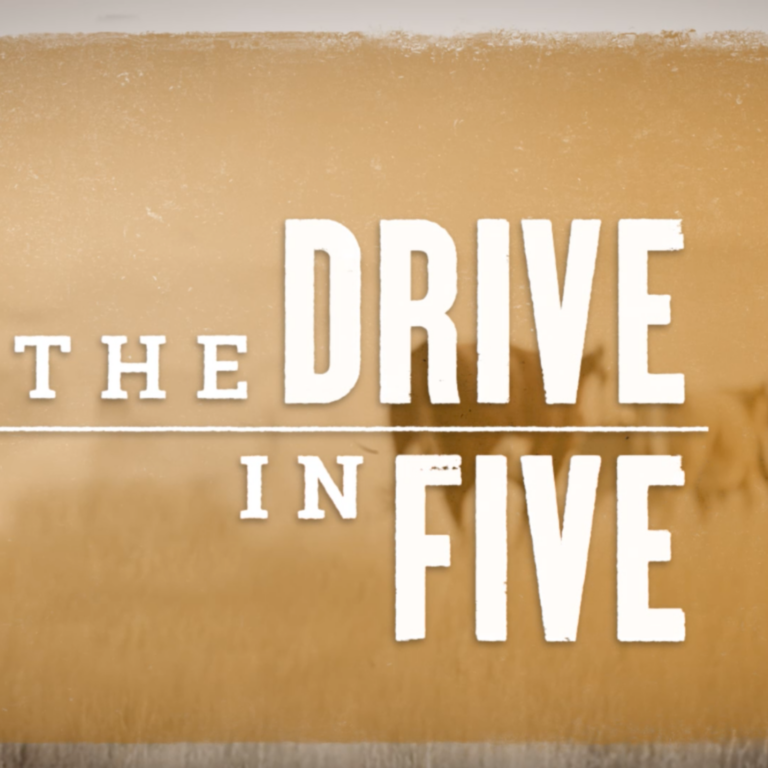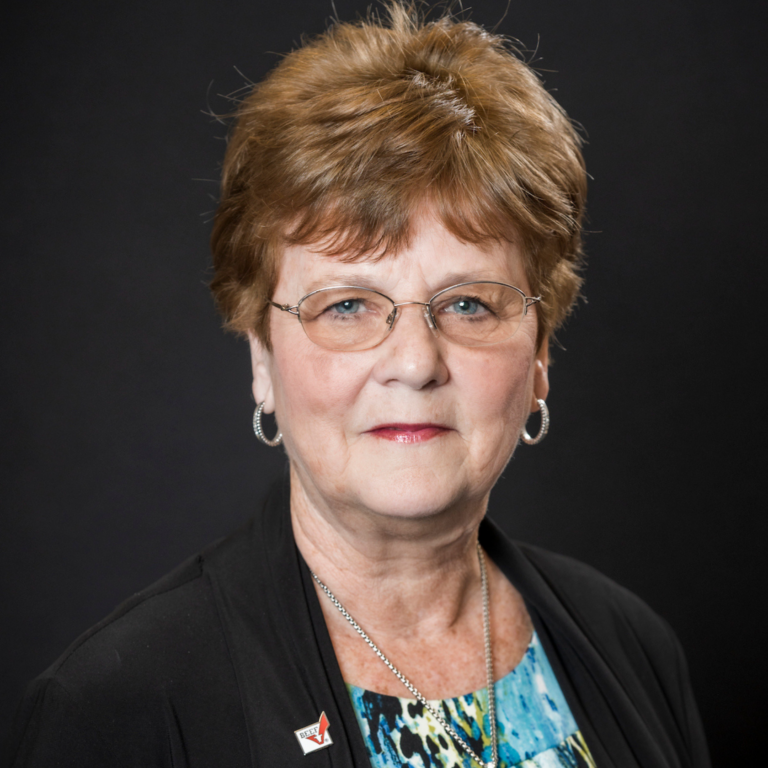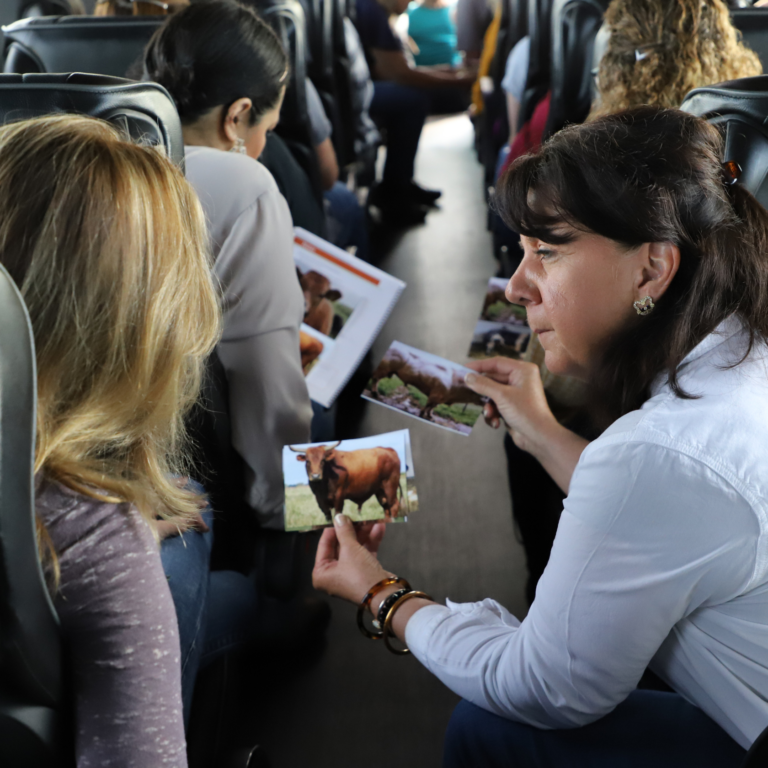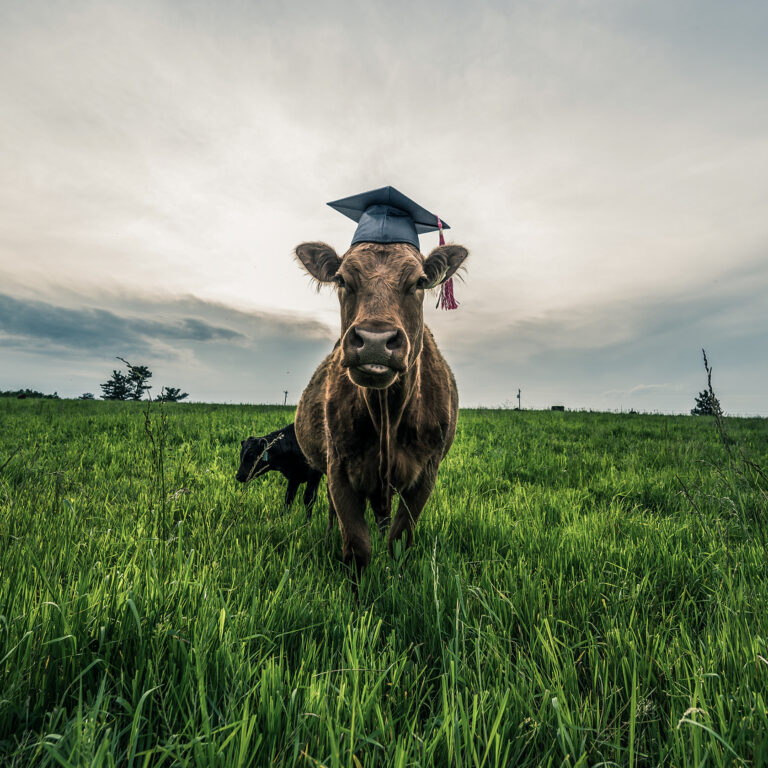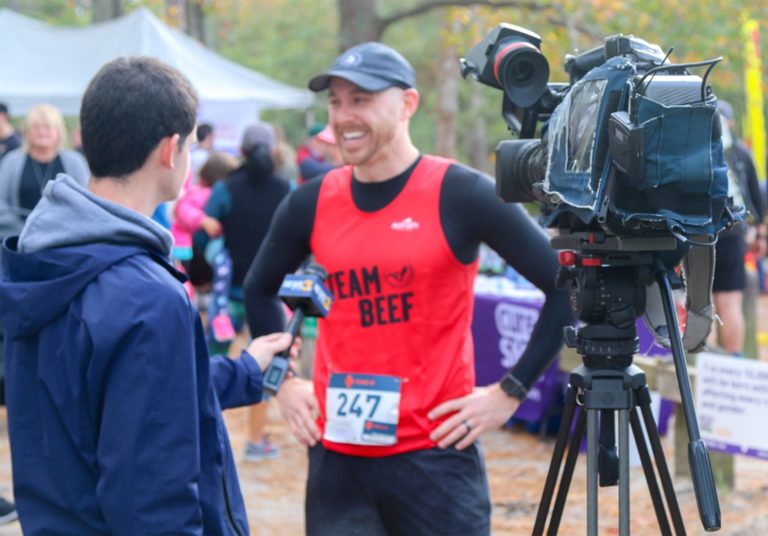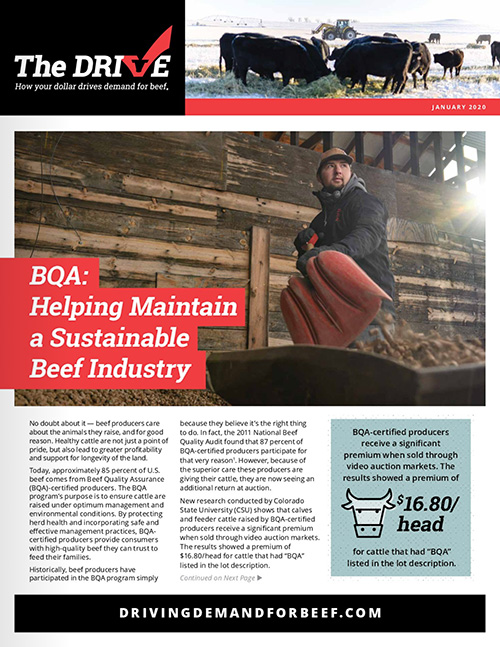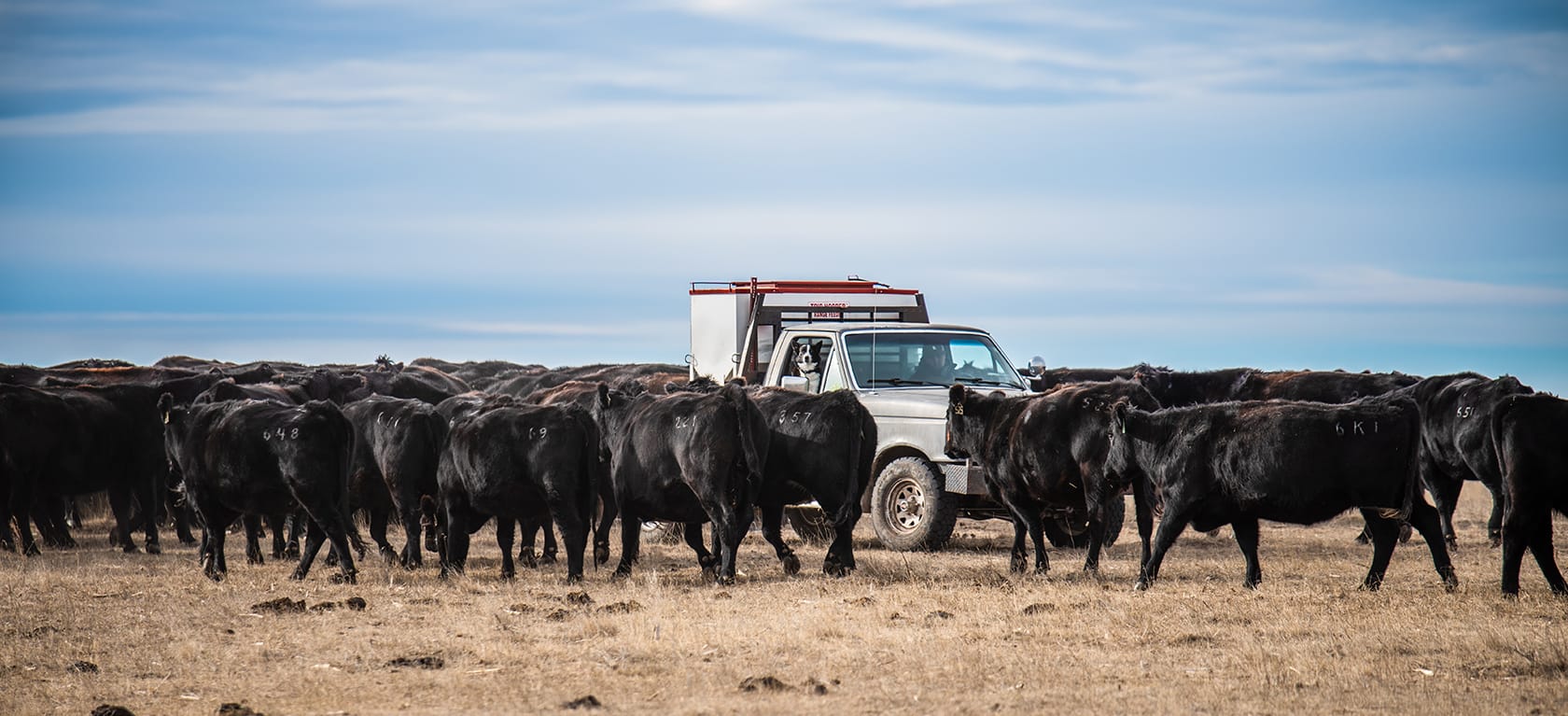
#RethinkTheRanch: Consumers Learn How Ranchers Raise Beef Responsibly
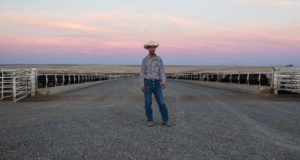
Coupled with the website redesign for “Beef. It’s What’s for Dinner.”, the Beef Checkoff has launched “Rethink the Ranch,” a campaign that is working to build a stronger pasture-to-plate connection between ranchers and consumers by showcasing real farmers and ranchers and their real stories about how they produce beef.
Based on consumer research, people purchasing beef want to know more about sustainable farming and the use of antibiotics and hormones. “Rethink the Ranch” is highlighting beef producers across the U.S. to explain to consumers how they raise beef responsibly.
Cody Easterday, who operates feedlots in eastern Washington, knows the important role technology plays in beef production.
“Thanks to the technologies that we have at our feedyard, we’re able to keep the animals more comfortable, we’re able to improve the environment around us and we’re ultimately able to raise the safest, healthiest beef for people around the world.”
By being transparent and sharing with consumers all that goes into raising cattle, “Rethink the Ranch” is illustrating the hard work and long hours farming families invest in their livestock, along with the advanced technologies being utilized to raise the best beef in the world.
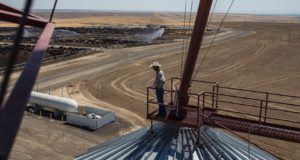
According to Elaine Utesch from the Triple U Ranch in Washta, Iowa, this a story worth telling.
“As a producer, it’s my responsibility to let people know that farms like ours is where their food is coming from,” says Utesch. “And the Beef Checkoff lets consumers know that their food is produced using sustainable, environmental practices.”
The checkoff, via the “Rethink the Ranch” campaign, is providing a consumer-friendly, easy-to-understand way to communicate the complexities of raising quality beef in a way that consumers have probably never heard – or seen – before.
Check out the redesigned BeefItsWhatsForDinner.com website. Follow #RethinkTheRanch on social media and learn more about the campaign here.
The Beef Checkoff program was established as part of the 1985 Farm Bill. The checkoff assesses $1 per head on the sale of live domestic and imported cattle, in addition to a comparable assessment on imported beef and beef products. States may retain up to 50 cents on the dollar and forward the other 50 cents per head to the Cattlemen’s Beef Promotion and Research Board, which administers the national checkoff program, subject to USDA approval.





